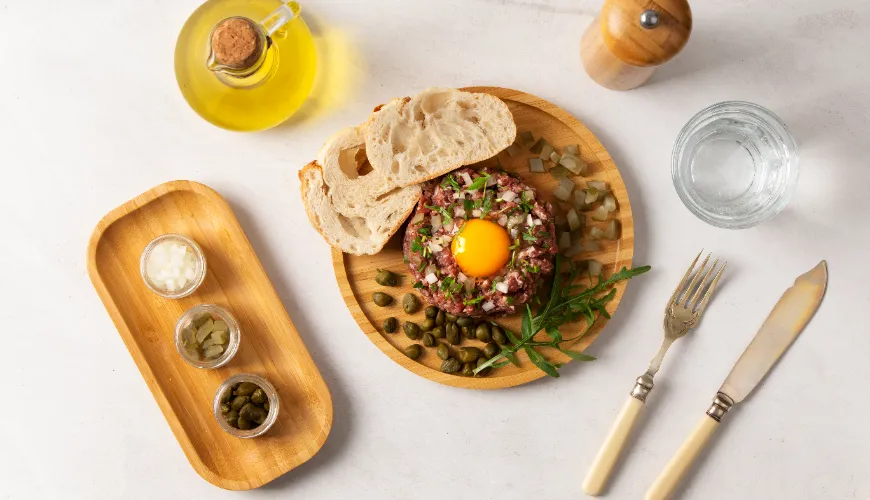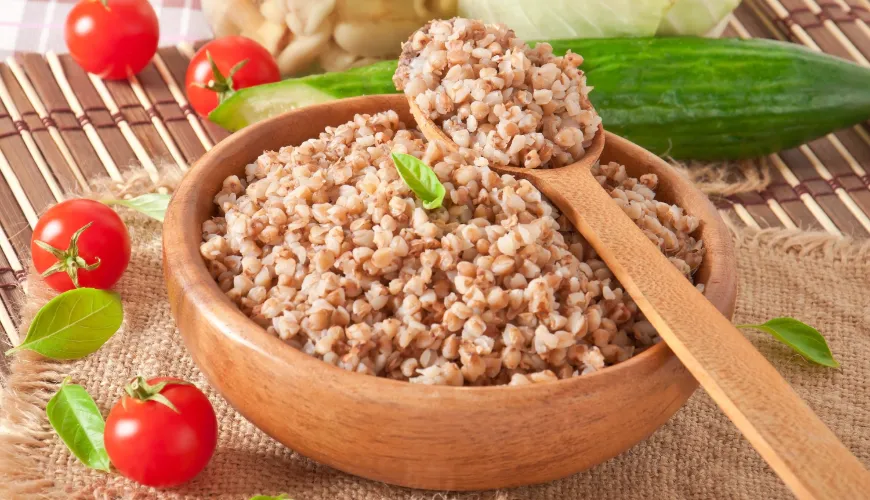
Why is seitan an ideal meat substitute

Seitan is a term that is increasingly appearing in the context of healthy eating and plant-based nutrition. This exceptional product, also known as "wheat meat," has a long history and more and more people are discovering its benefits and versatile use. In this article, we will dive into the world of seitan, exploring its origins, benefits, preparation methods, and its growing popularity among vegetarians and vegans.
What is seitan?
Seitan is a product made from wheat gluten, which is a protein found in wheat. While many people associate wheat mainly with flour and baked goods, gluten is the part of wheat that gives dough its elasticity. Seitan is the result of a process that washes away the starch from wheat dough, leaving only concentrated protein. This product is then cooked or steamed and is ready for further processing.
History and Origin
Seitan has its roots in Asia, specifically most likely in China, where it has been known for over a thousand years. It was popular among Buddhist monks who sought an alternative to meat in accordance with their vegetarian lifestyle. Gradually, its popularity spread to Japan and other parts of Asia, where it became an important part of local cuisines.
Benefits of seitan
One of the greatest advantages of seitan is its high protein content. Seitan contains up to 25 grams of protein per 100 grams, making it an excellent source of plant protein. In comparison, 100 grams of chicken contains about 27 grams of protein. This high protein content makes seitan ideal for athletes, dieters, and anyone looking for a quality source of protein outside of animal products.
Another benefit is its low fat and calorie content. Seitan is also rich in minerals such as iron, calcium, and phosphorus, which contribute to overall bone health and blood formation. Unlike some other plant proteins, it does not contain soy, which is advantageous for people with soy allergies.
Thus, seitan is a great meat alternative not only for vegetarians and vegans but also for those looking to reduce their intake of cholesterol and saturated fats. Due to its composition and nutritional values, it can contribute to a balanced and healthy diet. However, it is important to note that seitan is not suitable for people with celiac disease or gluten intolerance. For these individuals, it is necessary to seek other sources of plant protein that do not contain gluten.
How to prepare seitan
Preparing seitan can be very versatile. It can be marinated, fried, baked, grilled, or boiled. Due to its neutral flavor, it easily absorbs the taste of spices and marinades, allowing for a wide range of dishes from traditional Asian meals to modern Western cuisine.
One popular preparation method is seitan "meat" curry, where seitan is cut into pieces and cooked with curry spices, coconut milk, and vegetables. Another option is grilled seitan, where marinated slices of seitan are grilled and served with fresh vegetables and sauces.
Seitan in modern diets
The growing trend of vegan and vegetarian diets has brought seitan to the forefront in recent years. Its ability to mimic the texture and flavor of meat makes it an ideal substitute for those who have chosen to limit or completely eliminate animal products from their diet.
Many restaurants and bistros specialize in plant-based dishes and often offer seitan-based meals as the main component of their menu. In health food stores and supermarkets, seitan is becoming increasingly available and can be purchased in various forms – from pure seitan to ready-made dishes.
Making seitan at home
Making seitan at home is not difficult at all and can be a fun experiment for any cook. To prepare it, you only need wheat flour and water. After mixing these two ingredients and kneading the dough, the process of washing away the starch follows until only pure gluten remains. This gluten is then cooked in vegetable broth or water with spices to gain flavor.
Homemade seitan has the advantage that you can fully control its flavor and ingredients. You can add various herbs, spices, or soy sauce to make the seitan truly unique and tailored to your taste preferences.
Sustainability and the future
Growing wheat and producing seitan has a smaller ecological footprint than the production of animal proteins. The consumption of water, soil depletion, and other resources is lower for wheat than for raising livestock. This makes seitan an environmentally sustainable choice for those interested in environmental issues and sustainability.
With the growing interest in plant-based diets and healthy lifestyles, seitan is expected to continue gaining popularity. Producers are constantly innovating and offering new seitan-based products that are tasty and easy to prepare.
Seitan is an excellent source of protein for anyone looking for a meat alternative, and its versatility and flavor options make it a true king of plant proteins. If you haven't tried seitan yet, it’s definitely worth giving it a chance and adding it to your array of options, which already surely includes tempeh or tofu. Whether as part of home cooking or when dining out, seitan can enrich your diet and contribute to a healthier and more sustainable way of eating.

